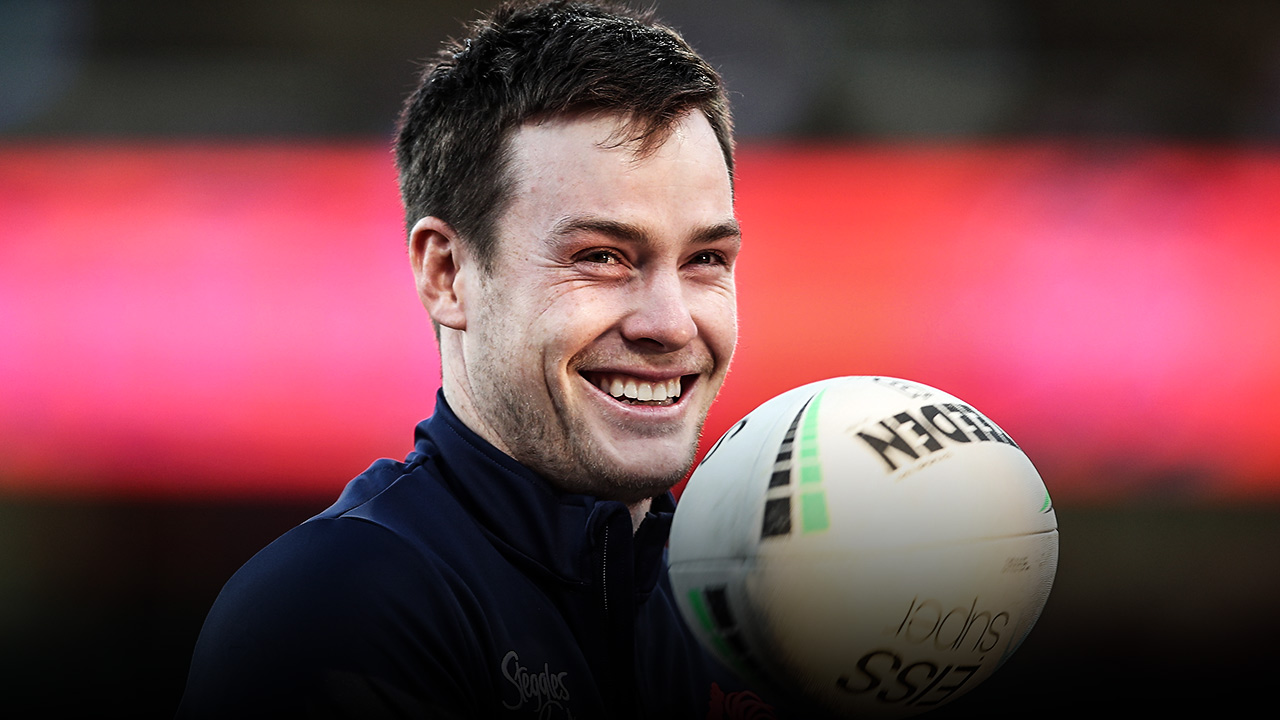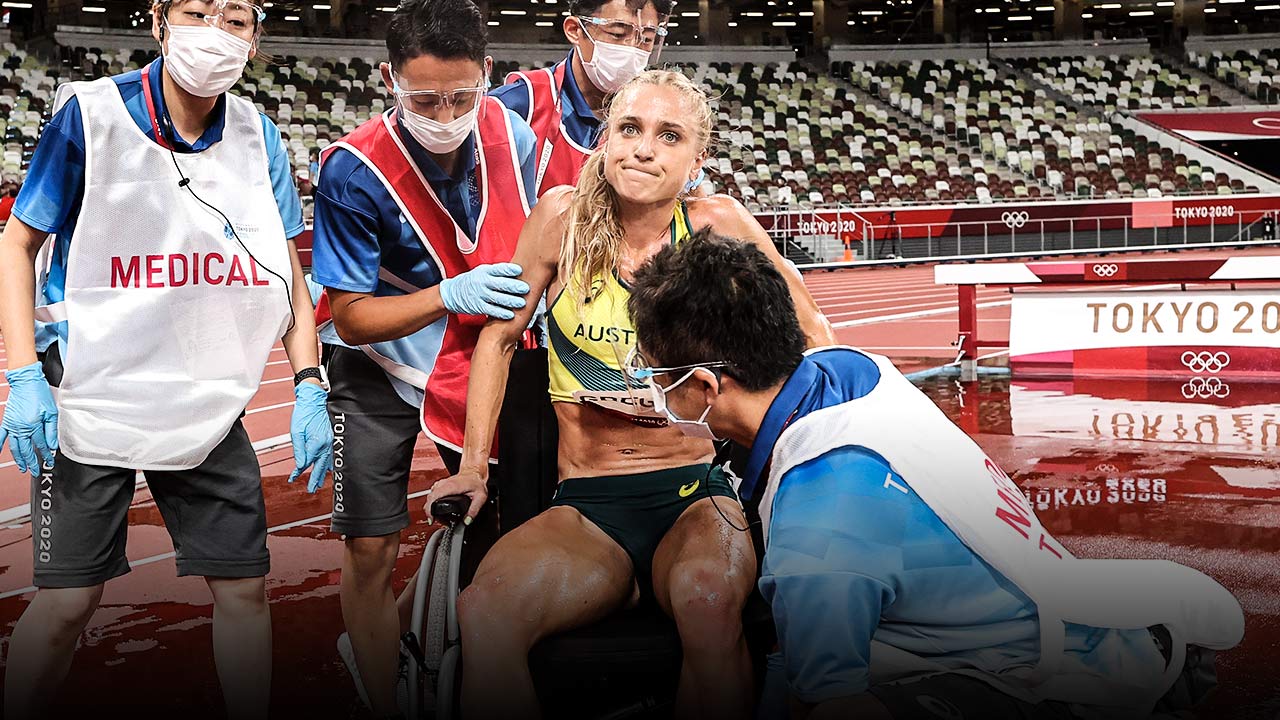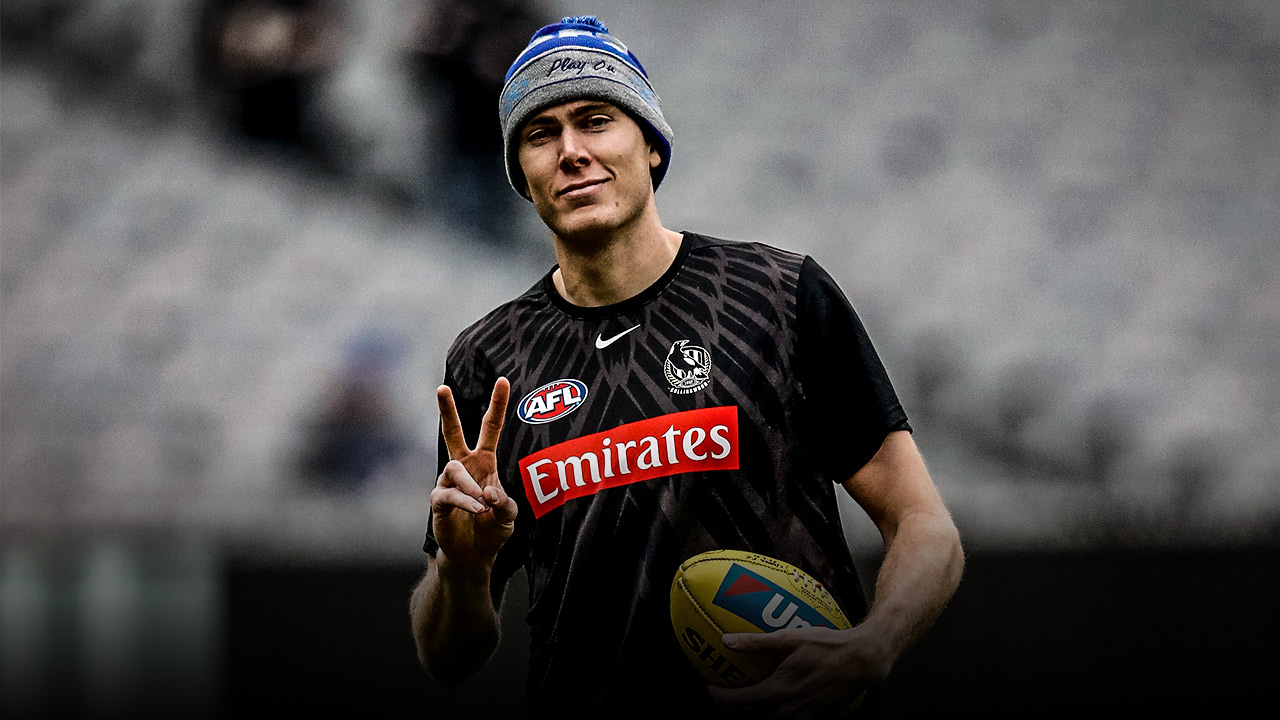THE REAL PAIN OF LE TOUR
The first few stages are really intense and that’s when you tend to do a lot of muscle damage and burn your nervous energy. After five days, your legs are officially knackered. That’s when the real pain of the tour starts.
In the second week, you’ll be getting out of bed each morning and your legs will be quivering. You’re shot to pieces and thinking, ‘how the hell can I ride a 200km mountain stage, I can barely make it to the bathroom?!’
You get down to the team breakfast, have a couple of coffees and get some food in. You’re still hurting. Getting on the bus, your legs are killing. Riding down to sign-on, you feel cactus.
Then something crazy happens. You take off and all of a sudden you’re sitting on about 60km an hour and it’s like a switch has been flicked. The mental side of racing takes over. It doesn’t matter what your legs are telling you, how much pain you’re feeling, you just get on with the job or you head on home.
It’s about continually pushing through the pain, every second of every day. There’s not a kilometre of the race where you feel great. It’s either you feel really crap, or you feel OK. And the OK days are about as good as a cyclist can hope for.
You just have to get through the bad times and hope the next day will be better.

The first tour you ride is the hardest. That’s when you learn what your body and mind can really handle. It’s a steep learning curve, as you try different things to find out what works and what doesn’t.
In cycling, if you put your nose in the wind or try a silly attack or waste your energy, you can’t pull into the pits or run over to the bench for a break. You learn to conserve every single heartbeat, every single watt of energy, because over three weeks and three-and-a-half thousand kilometres you need to conserve as much as possible.
And when you get to the end, your body has changed. You’ll look down at your legs and after three weeks of your heart pumping blood into them, to fuel every revolution of the pedals, your veins are sticking out through the skin and the muscles have been hardened.
That’s when you see how super-fit and lean a cyclist can be. You’re hovering around two, three or four per cent body fat, at peak fitness, like a top thoroughbred race horse. The skinnier you are, the more your veins tend to be stand out. It’s a form guide for where you’re at physically in the race. And a sign of how much agony you’ve put yourself through.
The most pain I ever felt on the Tour was in 2012 on a stage coming out of Toulouse. It was a really hard, hilly day, and I was having a mechanical problem where my seat kept slipping down.
For those of you that don’t do much cycling, if you change your seat position by even just a tiny amount, your whole body will feel it instantly. And it gets tougher the further you go along the road. My seat was dropping by centimetres.
I couldn’t get the right power down through my pedals. I was in a hell of pain, sprinting up every hill like it was my last. I knew that if I got dropped, I’d be going home that night. I’ve never hurt myself so much just to stay in a bike race.
When I got to the finish line, I was absolutely cross-eyed.

I had a lot of tough days at the Tour de France, but never once considered pulling out. I would always push myself to reach the finish, even after I crashed with 90km to go in stage six of the 2000 TDF. I rode to the finish with my collarbone in three pieces.
I was always mentally strong. As a kid, if a coach asked me to ride 250km, I’d go do 260. If he asked me to do 300km, I’d do 310, just to see how far I could push myself before I fell off.
I was intrigued by how hard the Russian and German guys trained. I wanted to know how far I could push the human body and I’m lucky I had a pretty good engine to go with that mentality, along with a good set of lungs and a big VO2 max.
But training is one thing, it’s in Grand Tours that you really find out what you’re made of.
More about: Resilience | Tour de France




 Load More
Load More